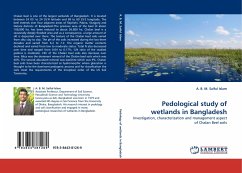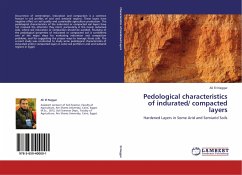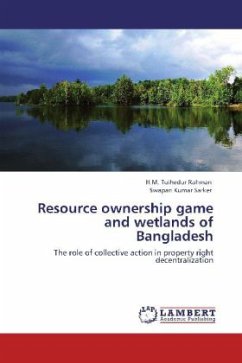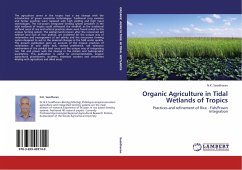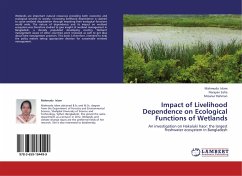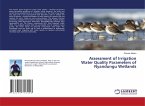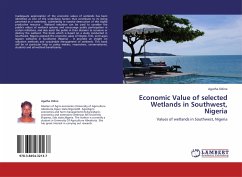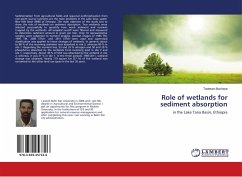Chalan beel is one of the largest wetlands of Bangladesh. It is located between 24 05 to 24 35 N latitude and 89 to 89 35 E longitude. The beel extends over four adjacent areas of Rajshahi, Pabna, Sirajgonj and Natore districts of Bangladesh.The previous area of the beel of about 108,800 ha. has been reduced to about 36,800 ha. Chalan beel is a seasonally deeply flooded area and as a consequence, a large amount of silt is deposited over there. The texture of the Chalan beel soils varied from silty clay to clay. The pH of the soils increased during the last three decades and varied from 6.2 to 7.2. The organic matter contents declined and varied from low to moderate status. Total N also decreased over time and ranged from 0.04 to 0.17%. C/N ratio of the studied pedons is moderate. CEC of the Chalan beel soils also decrease over time. Mica was the dominant mineral of the Chalan beel soils which was 40%. The second abundant mineral was kaolinite which was 9%. Chalan beel soils have been characterized as hydromorphic where gleization is thought to be the dominant pedogenic process and for classification the soils meet the requirements of the Inceptisol order of the US Soil Taxonomy.
Bitte wählen Sie Ihr Anliegen aus.
Rechnungen
Retourenschein anfordern
Bestellstatus
Storno

